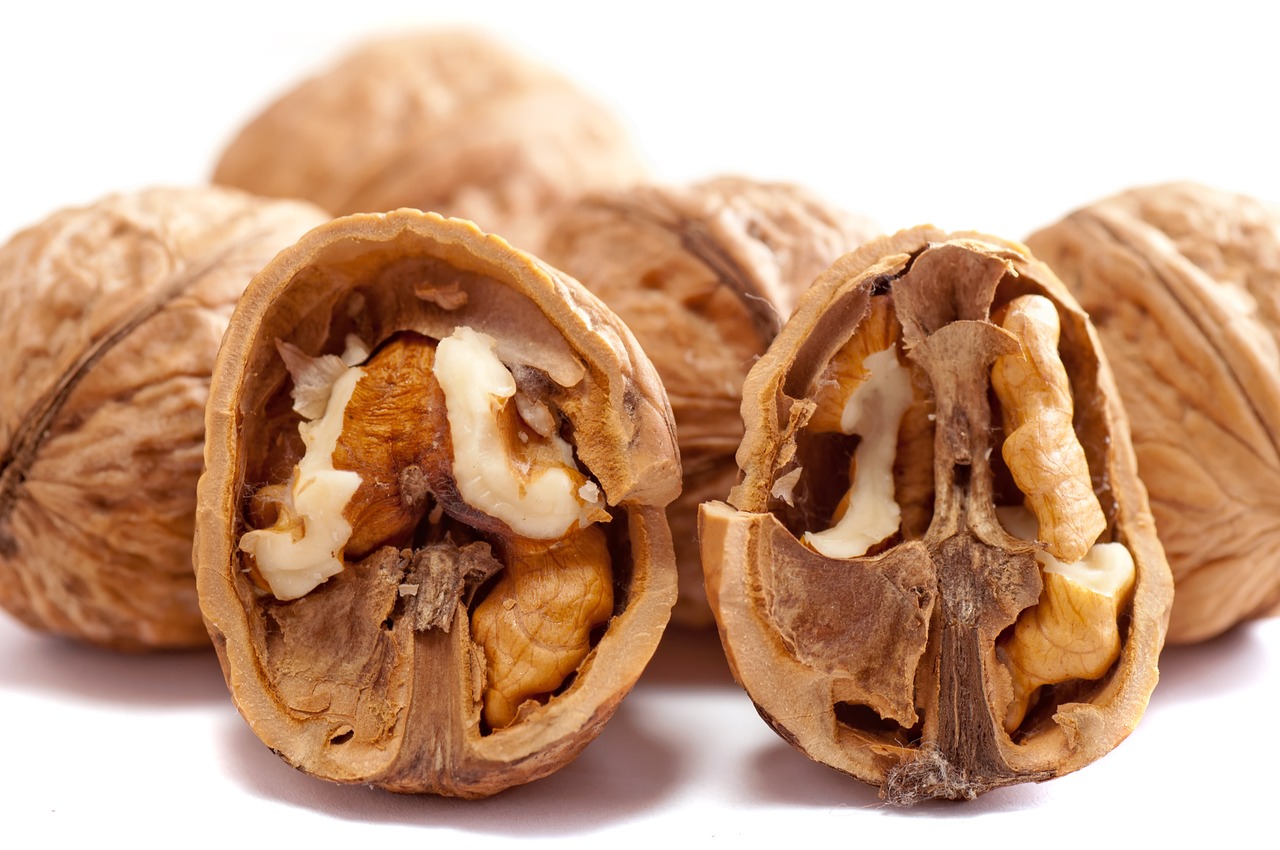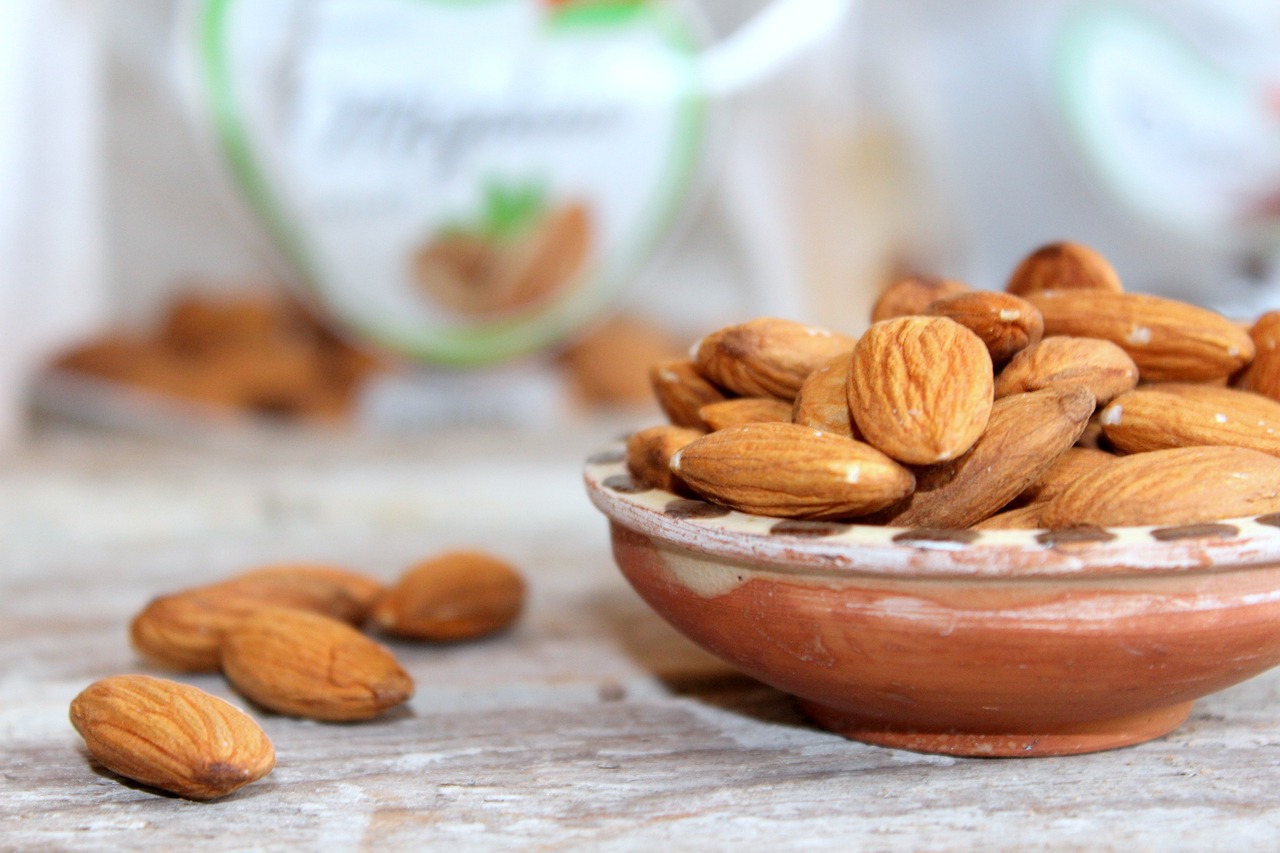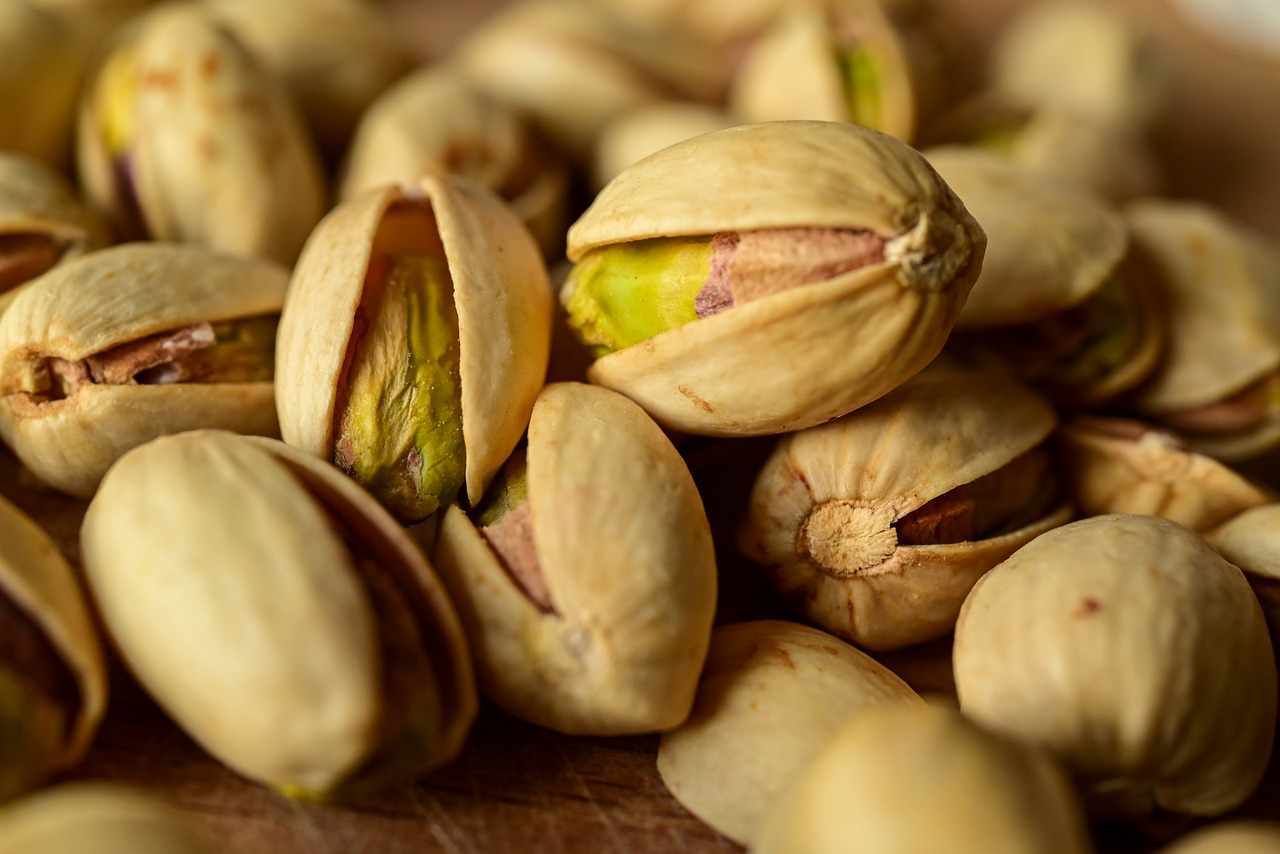Welcome to this sub-section of the Mediterranean diet, a summary of which can be found here. L'Mediterranean diet has been identified by science as one of the world's healthiest eating habits. That's why we've decided to take a closer look at this eating pattern, and to integrate it into the best practices of the Blooness guidethe guide to the ideal diet for human beings, by grafting it onto a low-to-moderate carbohydrate dietwhich is also one of the pillars of this guide to improving health markers, longevity and waist circumference.
As a reminder, the Mediterranean dietlisted as an intangible cultural heritage of humanity by UNESCO, brings together the traditional eating habits of several Mediterranean countries, from Portugal to the Middle East, via Croatia, Spain, Greece, Cyprus, Italy and the Maghreb. It is characterized in particular by a priority consumption in vegetables, spices, pulsesThis is followed by a regular consumption of quality fish, eggs and cheeses, and finally a limited consumption of red meat and even more so of processed meats. And, of course, all organic.
This content is part of the guide Blooness, the guide to the ideal human diet, the summary of which you can find here 🌱🥑
The Mediterranean way of eating is not the only one. which is also shared by other populations around the worldon the one hand help reduce the risk of cardiovascular disease, metabolic disorders and cancer, and increase life expectancy and overall health. That's why we've included it in the Blooness guidethe ideal food guide.
And among the virtuous foods of Mediterranean dietoilseeds are just such a product.In this article, we'll take a general look at the different food groups, before going into more detail.
Take control of your diet and never miss another chapter of the guide by subscribing to the Blooness newsletter 🙌
Definition of oilseeds
There's often confusion between oilseeds, nuts, etc... But here's a way to better define them.
Generally speaking, oilseeds are plants from which oil can be extracted. There are :
- in the form of oleaginous dried fruit, also known as nuts (almonds, walnuts, hazelnuts, pistachios, etc.). These are the ones we'll be dealing with in the first chapter;
- in the form of oilseeds (rapeseed, sunflower, peanut, soybean, sesame, linseed, hemp, poppy, pine nut, chia, pumpkin). We will deal with these in a second section;
- and finally in the form of fresh fruit oilseeds (avocado, olive, coconut), which we will cover in the third chapter.
Note: we are deliberately not including edible chestnuts and marrons in these contents, because even though they are nuts, they are classified as "achenes" (dried fruits whose walls are separate from the single seed they contain), and they are carbohydrate foods - rich in starch - rather than lipid foods.
Nutritional properties of oilseeds are not necessarily the sameThis is what we're going to find out in the information that follows, which is of the utmost importance for a better understanding of the consumption of this type of plant. But first, let's look at the differences between them, let's see what brings them together.
The benefits of oilseeds
Oilseeds, especially nuts, have a prominent place in the Mediterranean, low-carb and ketogenic. They're convenient to carry, often delicious, and easy to use. nutritionally very richthanks to their vitamins, mineralspolyphenols, fibers and, of course, for their good fatty acids.
They are also high in caloriesAs always in this guide, it's important to remember that quantity is a variable to be taken into account. It's not a question of frequently consuming them in excess. However, thanks to their nutritional richness and caloric density, they are very satiating and, unlike sweet snacks, have the advantage of making you feel fuller. On the one hand, they make you feel fuller, and on the other, they limit insulin secretion, which is a major advantage for your health and waistline.
Foods rich in healthy fatty acids
The main health benefit of nuts and oilseeds is their richness in good lipids.
Nuts (walnuts, hazelnuts, almonds) and, of course, olive oil are rich in monounsaturated fats (particularly omega-9 fatty acids), as well as omega-3 and omega-6 (polyunsaturated) fatty acids. Both types of lipid are extremely beneficial to health, as we saw in the chapter dedicated to them.
Omega-9s prevent cardiovascular disease by lowering cholesterol levels, reducing blood pressure, regulating blood sugar levels and reducing the risk of heart disease. blood glucose and are good for the nervous system.
Omega-3s are essential anti-inflammatory fatty acids that are sorely lacking in the modern diet, to the detriment of omega-6s, which are pro-inflammatory. They help prevent degenerative brain diseases such as Alzheimer's, help protect the immune system, combat insulin resistance, and have positive effects on the cardiovascular system, as well as being anti-inflammatory, helping to combat tendonitis, muscle trauma and chronic inflammation such as sinusitis.
Finally, omega-6s are involved in a large number of metabolic processes, and some oilseeds can be a healthy source.
This combination of omega-3s, 6s and 9s in certain oilseeds (not necessarily all of them, but we'll come back to that later) could thus partly explain the beneficial effects of the Mediterranean diet on heart and vascular disease, and its virtues for the body and general health.

Various studies on the Mediterranean diet (including the PREDIMED study) suggest that eating around 30g a day of nuts such as walnuts or almonds could reduce the risk of cardiovascular disease, without promoting weight gain.
Finally, olive oil consumption at a rate of 50 grams a day seems to have a positive influence on blood vessel health. Olive oil is one of the typical superfoods of the Mediterranean diet.
Each oilseed has a different lipid profile (i.e. a different distribution of fatty acids)Depending on your objectives and overall diet, you'll tend to prefer certain oilseeds to the detriment of others, in order to optimize your omega 3/6/9 ratio, as we saw in the chapter dedicated to this vital subject. Indeed, an imbalance can predispose to cardiovascular disease, allergic disorders and inflammation. And it is often one of the sources of metabolic problems typical of modern society.
So, to naturally tend towards a good ratio, without falling into complicated calculations that make no practical sense, it will be appropriate to give priority to certain oilseedsand place them at appropriate times of the day, without turning it into an automatic snack break.
It's all a question of context and lifestyle.
In the Mediterranean diet, where fats can account for up to 40% of calorie intake, oilseeds logically have their place. And in a ketogenic diet, they can be included, but some people still recommend moderating them and especially limiting those that contain a significant quantity of sugars, which could cause people to lose weight. ketosis.
In a non-ketogenic low-carb diet, it makes sense to include them from time to time, and this is one of the reasons why the low-carb diet can join the Mediterranean diet.
Oilseeds are rich in protein
Another advantage, and not the least, nuts and oilseeds sometimes provide up to 20g of proteins per 100gjust like legumes, with the difference that legumes are of course lower in calories and richer in carbohydrates. So it's not the same time of consumption, nor the same quantity..
In a carbohydrate-moderate Mediterranean diet, legumes can be consumed in large quantities, as an accompaniment to a meal for example, whereas oilseeds are just a snack, in much more limited quantities.

In terms of protein content, almonds are among the most high-protein nuts (25g of protein per 100g, as much as lentils). And in this guide, we've emphasized just how essential protein is to the body, especially protein from healthy sources, whether animal or vegetable, and in conjunction with other healthy foods. Oilseeds meet this requirement perfectly, as long as they are not salted or processed.
Oilseeds are rich in fibre
As we saw in the chapter dedicated to fibersand vegetables on the otherFiber - consumed in reasonable quantities and by individuals who tolerate it well - improves transit and the feeling of satiety, limits the caloric intake of other, more energy-dense nutrients, and naturally provides micronutrients that are beneficial to health.
Oilseeds are naturally rich in fiber. Almonds contain the most (12.6g of fiber per 100g), followed by pistachios (10.6g per 100g).
Oilseeds provide vitamins and minerals
Oilseeds are natural suppliers of calciumcopper, iron, magnesiummanganese, phosphorus, potassiumzinc... as well as vitamins B and E, to name but a few micronutrients.
Acting together, these micronutrients are antioxidants, which slow cellular aging, protect tissues and are anti-inflammatory. In addition, they are essential for metabolism and a whole host of other organic functions, the list of which would obviously be very long here. I therefore refer you to the various chapters dedicated to them in the guide.
Oilseeds are good for your health
In summary, for the various reasons we have just listed, studies have shown that regular, moderate consumption of oilseeds, as part of a consistent lifestyle and healthy diet, is associated with longer life expectancy, better cardiovascular health, enhanced cognitive capacity, improved fertility and better muscle and nerve recovery.
Now that we've seen the benefits of including a handful of oilseeds on a more or less daily basis, depending on your lifestyle, food tolerances and preferences, let's take a look at the case where we've chosen to include them, which oilseeds are best for your health and waistline, and when, how and in what quantities you should eat them.
This is precisely the purpose of the following chapters, which will outline the ultimate list of the best oleaginous fruits and seeds to eat for good health and a healthy weight.
What you can learn about oilseeds
First of all, you'll see that some oilseeds are better than othersWe offer a wide range of products, depending on their antioxidant content, their omega-6/omega-3 balance, or their saturated fatty acid content.
Then you'll see that some oilseeds are not necessarily welcome in certain diets, depending on the situation.
Finally, you'll learn how to quantify them and know when to consume them, to get the best out of them for your healthYou'll be able to eat them in a variety of ways, independently of "pleasure" meals. In this way, you'll no longer buy oilseeds by chance, and you'll no longer consume them haphazardly, without understanding their impact - sometimes positive, sometimes negative - on your health markers.

The most important thing is to understand their nutritional composition, in order to adapt their consumption to each individual's objectives, tastes, food tolerances and overall food intake.
As we said earlier, the first part will focus on dried oleaginous fruitsAlso known as nuts (almonds, walnuts, cashews, Brazil nuts, macadamia nuts, pistachios, hazelnuts, etc.).
Next, we'll take a look at list of the best oilseeds (linseeds, chia seeds, sesame seeds, pumpkin seeds, etc.), then we'll turn our attention to fresh oleaginous fruits.
Oilseed training summary
These three distinct and essential contents are available to Blooness members in text and podcast formats.
Chapter 1 - The best dried oleaginous fruits for health, waist circumference and longevity
- Nutritional profile of each nut (almond, cashew, pistachio, hazelnut, etc.).
- Classification and summary table of the best dried oleaginous fruits, from healthiest to least relevant
- What nuts should I use in a low-carb diet?
- Which nuts are suitable for the ketogenic diet?
- What nuts should be included in the standard diet?
- Summary tables of dried oleaginous fruits by food mode
Chapter 2 - Oilseeds
[Coming soon] - Rape seed, sunflower seed, peanut seed, soybean seed, sesame seed, flax seed, hemp seed, poppy seed, pine nut seed, chia seed, pumpkin seed.
Chapter 3 - Fresh oleaginous fruits
[Avocado, olive, coconut.

